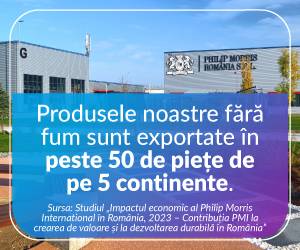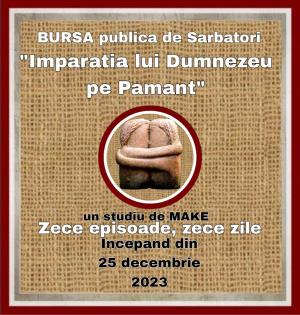The most important conclusion of the team of Hungarian experts who assessed the situation of the Praid Salt Mine within the framework of the European Civil Protection Mechanism is unequivocal: the 4 to 7 million cubic meters of salt water that have invaded the underground galleries can and should be discharged into an artificial lake, created specifically for this purpose, the team members show in a long interview with the Hungarian-language news website Kronika online, taken over by the Szekelyhon website. The solution presented by the experts sent by Budapest to Praid would solve not only the technical problem of water evacuation, but could also turn a catastrophe into an opportunity for the development of local tourism.
According to the cited source, the team of Hungarian experts - consisting of Dr. Balazs Kovacs, associate professor and Dr. Marton Toth, assistant professor at the Institute of Environment and Water Management, Faculty of Earth and Environmental Sciences, University of Miskolc, Dr. Attila Laszlo Joo, associate professor at the Department of Civil Engineering, Bridges and Technology in Budapest. (BME) and Laszlo Kovacs, mining engineer, environmental engineer, general manager of Komero Kft. - emphasize that this option would not only be technically feasible, but also the most economical and sustainable solution in the long term. Such a lake, properly designed, could become a new tourist attraction, partially compensating for the economic losses generated by the mine's closure. Of course, its construction requires a geologically safe site, resistant to earthquakes, floods and chemical effects of high salinity, but this is possible to achieve, claim the specialists from Budapest.
But the creation of the lake is only a step, and it will be built only after the total cessation of freshwater infiltration into the Praid Salt Mine. According to Hungarian experts, the balance currently achieved in the mine is fragile, even though the saline solution has reached saturation, meaning it no longer dissolves salt. However, if water continues to enter from the Corund River, through infiltration or heavy rains, this balance will be destroyed, and dissolution will begin again. And with it, the danger of a catastrophic collapse of the salt mine will reappear.
Therefore, the safest step, emphasized by all four Hungarian experts, is the definitive diversion of the Corund River to a stable route, outside the salt dome. Only after achieving this objective will it be possible to start pumping water from the salt mine, at a slow, carefully monitored pace.
The Hungarian team of experts warns that pumping water from the Praid Salt Mine cannot be done in a hurry, due to the mechanical resistance of the galleries. According to specialists, a sudden drop in water pressure would immediately destabilize the structure and could lead to collapse. For this reason, microseismic monitoring is essential, because only recently installed surveillance systems can signal the risk of collapse in time and allow the rate of water extraction to be regulated.
If the respective steps are followed exactly, the experts sent by Budapest to Praid claim that in the best case scenario part of the salt mine, including the tourist level, could be recovered. The experts consider it feasible to resume visiting the upper galleries, if it turns out that they have not been structurally affected. The lower levels will probably remain flooded for a long time, perhaps permanently. However, this does not rule out the rebirth of the salt mine as a symbol and attraction, this time completely reconfigured.
Regarding the future stability of the area, Hungarian specialists showed for the cited source that salt, in its massive form, has a number of exceptional mechanical qualities: it deforms slowly under pressure, self-repairs under certain conditions and does not suddenly give way. However, where infiltrations have significantly dissolved the walls or pillars, careful consolidation is needed. This could involve injections of cement or special materials to strengthen the weak points.
The artificial lake solution was not formally included in the international team's mandate, but it is recommended as a personal option, common engineering and ecological. Compared to the huge costs of desalination, a carefully arranged lake is infinitely cheaper and has direct economic potential. Everything now depends on the decisions of the Romanian authorities, the Hungarian specialists concluded.
























































